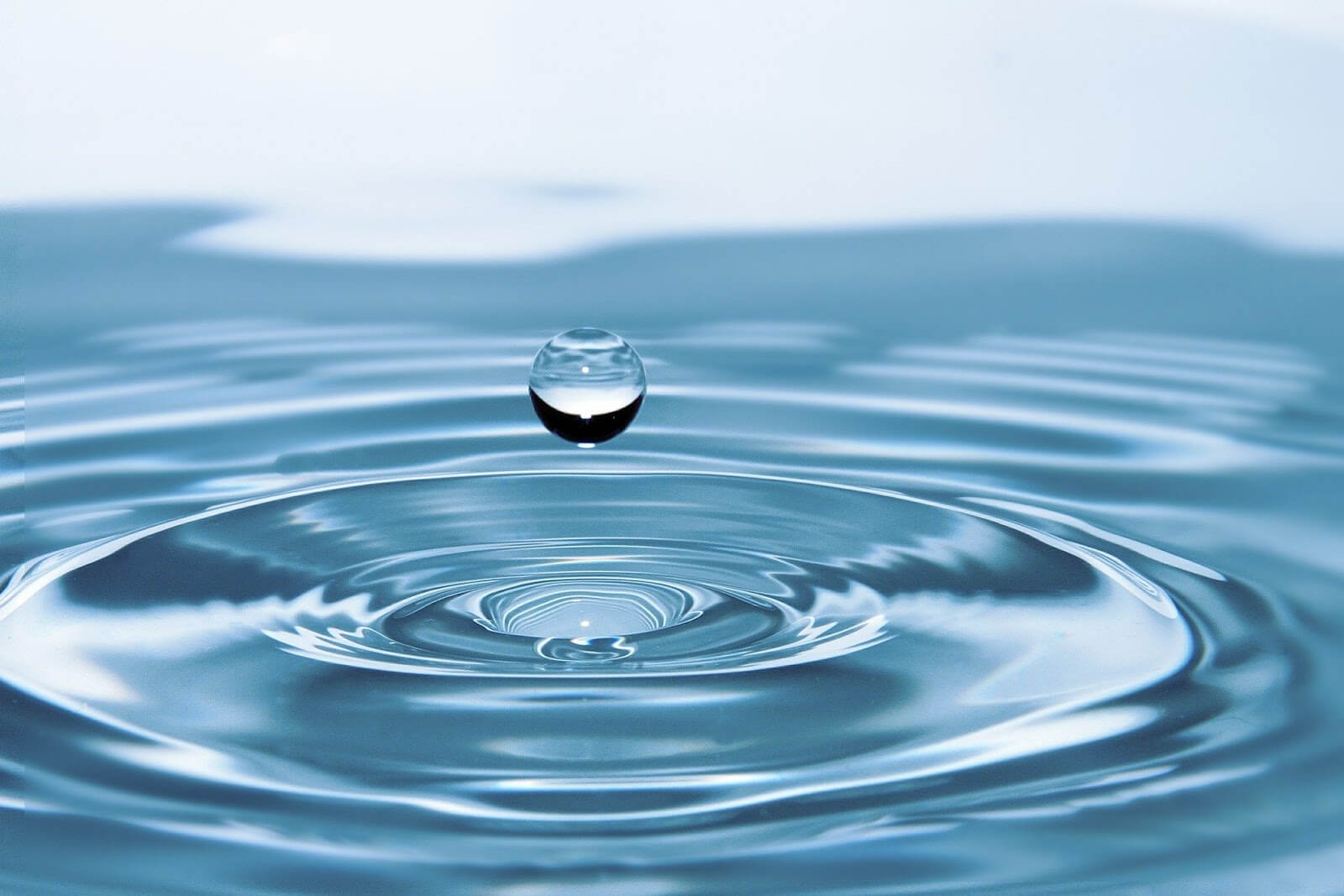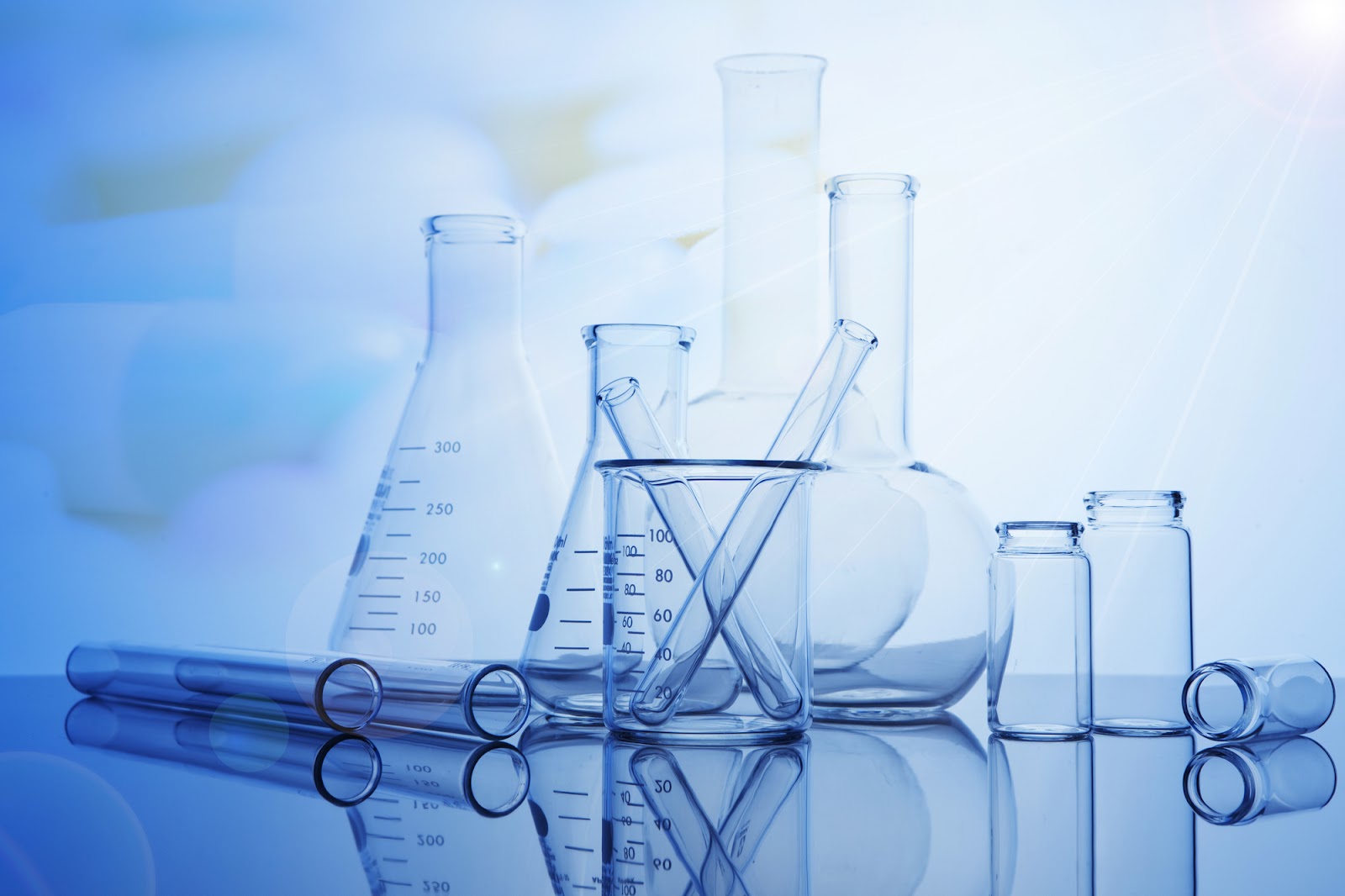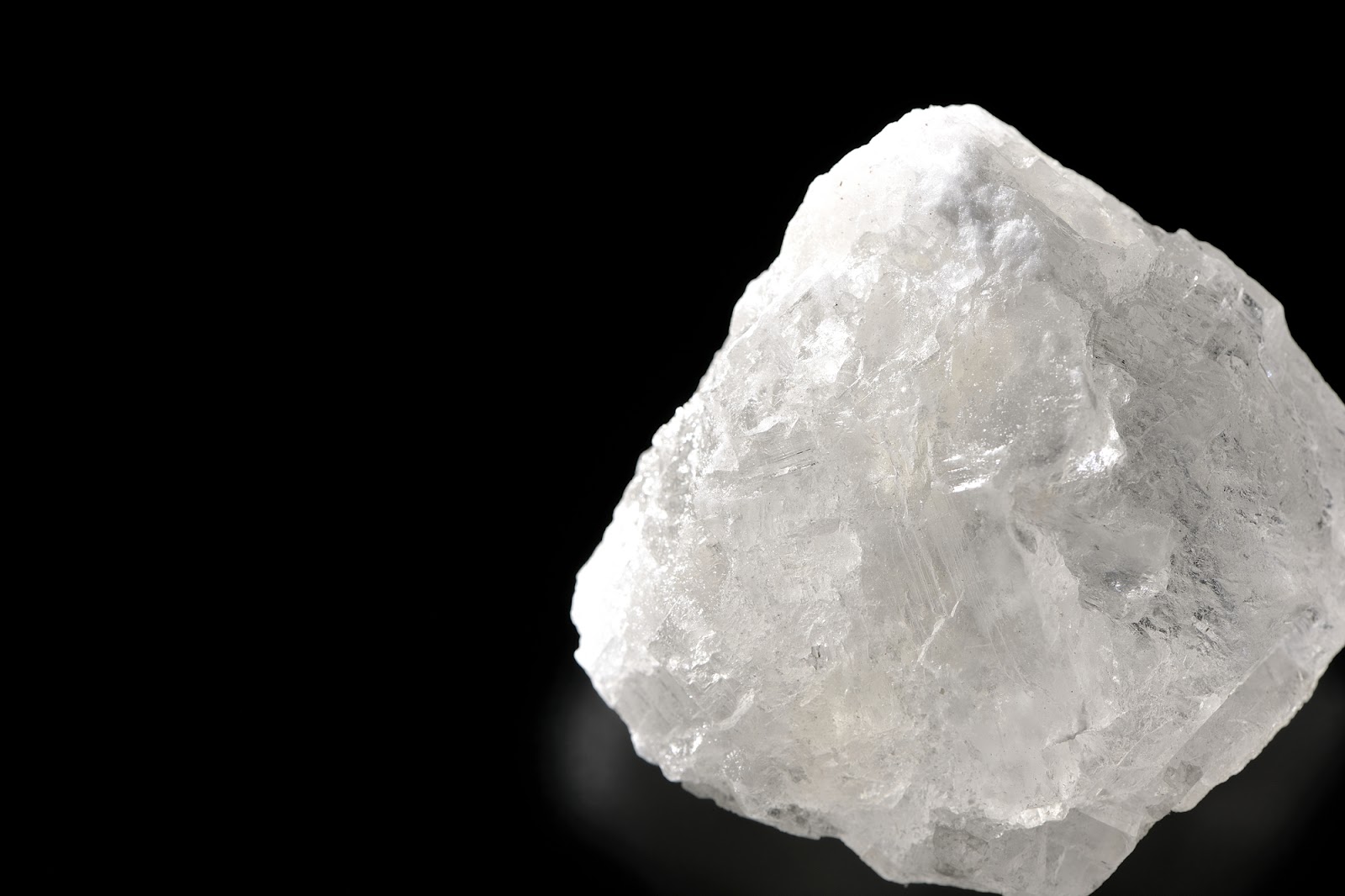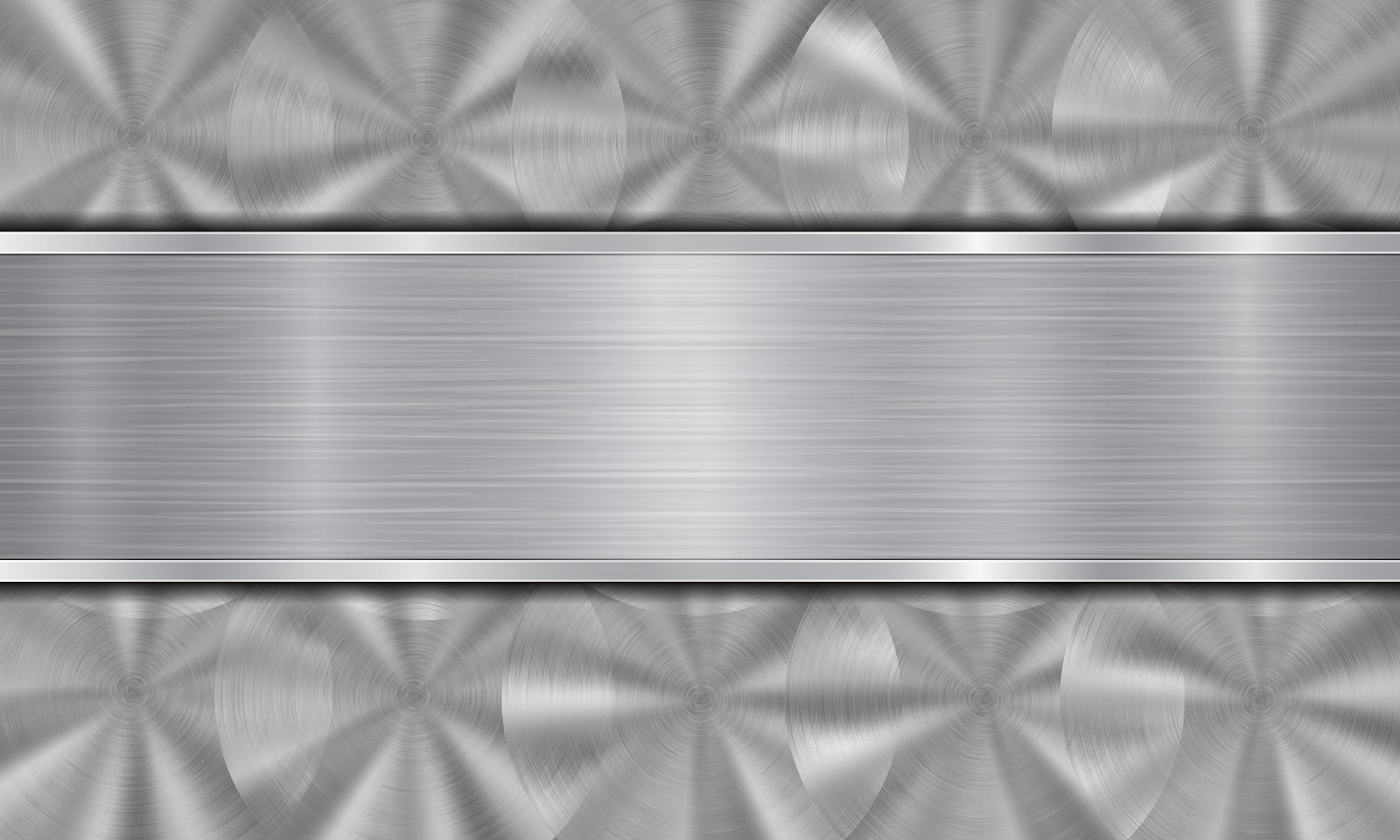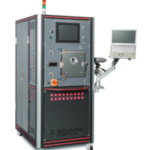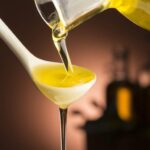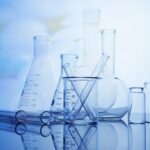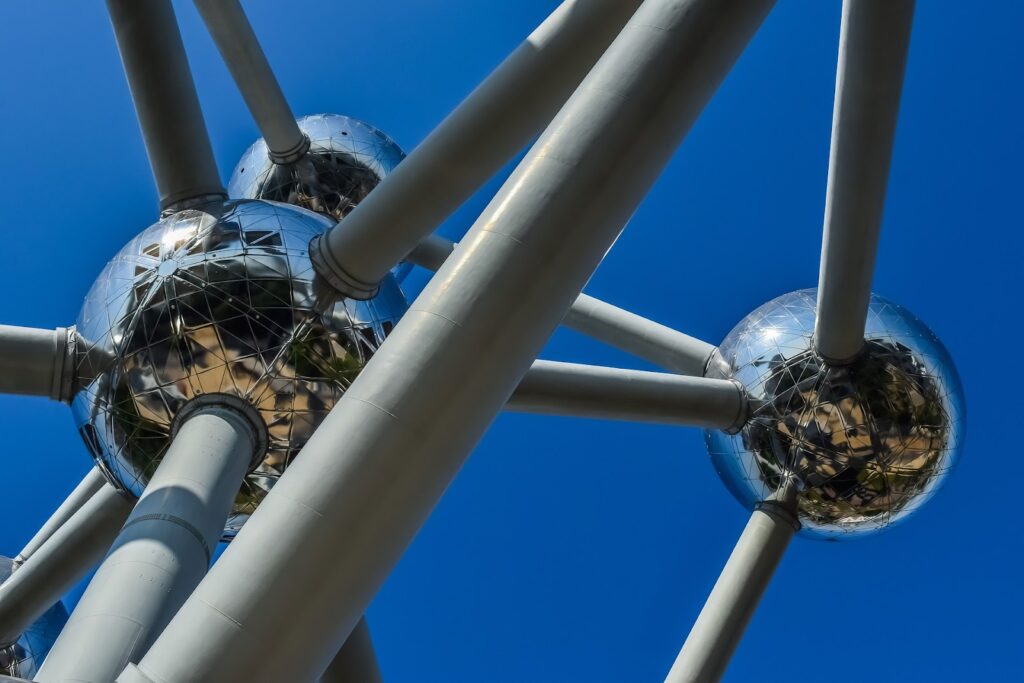
How did you remember order of periodic table at high school?
If you weren’t good at chemistry, you probably had a hard time remembering it, but today we will explain the elements in an easy-to-understand way.
Oxygen, which is invisible to the eye but the most essential to living organisms. Hydrogen, which has recently been attracting attention in automobiles. There are many things around us that use the element.
The 20 elements introduced in this article range from H~Ca, which are commonly studied in science classes, to more recently discovered elements, and we will discuss where exactly they are used, as well as their history, so please read on to the end of this article.
Contents
- 1 Hydrogen(AN: 1 / H)
- 2 Helium. (AN: 2 / He)
- 3 Lithium (AN: 3 / Li)
- 4 Beryllium (AN: 4 / Be)
- 5 Boron (AN: 5 / B)
- 6 Carbon (AN: 6 / C)
- 7 Nitrogen (AN: 7 / N)
- 8 Oxygen (AN: 8 / O)
- 9 Fluorine (AN: 9 / F)
- 10 Neon (AN: 10 / Ne)
- 11 Natrium (AN: 11 / Na)
- 12 Magnesium (AN: 12 / Mg)
- 13 Aluminium (AN: 13 / Al)
- 14 Silicon (AN: 14 / Si)
- 15 Phosphorus (AN: 15 / P)
- 16 Sulfur (AN: 16 / S)
- 17 Chlorine (AN: 17 / Cl)
- 18 Argon (AN: 18 / Ar)
- 19 Kalium (AN: 19 / K)
- 20 Calcium (AN: 20 / Ca)
- 21 Titanium (AN: 22 / Ti)
- 22 Iron (‘Ferum’ in Latin / AN: 26 / Fe)
- 23 Nickel (AN: 28 / Ni)
- 24 Gold (Au in Latin / AN: 79 / Au)
- 25 Mercury (Hydradyrum in Latin / AN: 80 / Hg)
- 26 Nihonium (AN: 113 / Nh)
- 27 Moscobium (AN: 115 Mc)
- 28 Summary
Hydrogen(AN: 1 / H)

History
Hydrogen was created in 1766 by ‘Henry Cavendish’ of England.
It was called ‘burning gas’ at the time because it burns intensely.
Properties and characteristics
As mentioned, hydrogen burns violently when ignited. There is even a phenomenon known as a ‘hydrogen explosion’.
Hydrogen is also the lightest of the elements and, moreover, the most abundant element in the universe.
Applications
‘Fuel cells’.
A device that generates electricity through a chemical reaction between hydrogen and oxygen. Recently used in ‘fuel cell vehicles’ (FCVs).
You can read more about hydrogen in the following article, if you like.
Helium. (AN: 2 / He)

History
Helium was discovered in 1868 by the British ‘Lockyer’ and French ‘Jansen’ while observing the sun.
At that time it had not yet been discovered on Earth, and the name ‘helium’ was taken from the Greek god Helios, the sun god.
Prosperities and characteristics
It is a non-flammable element and the second most abundant element in the universe.
However, it is an extremely rare element, as only about 0.0005% is present in the Earth’s atmosphere.
Applications
Helium gas.
The name may ring a bell with many of you.
Whether used for balloons or as a voice-altering joke toy, helium is more accessible than you might think.
Helium is explained in more detail in the following article, if you wish to read it.
Lithium (AN: 3 / Li)

History
Lithium was discovered by the Swedish ‘Alfedsson’ in 1817.
Properties and characteristics
It is the lightest element of the metals.
It is one of the most important rare metals and can be a highly competitive element to acquire.
Applications
‘Lithium-ion batteries’.
These batteries are used as batteries for smartphones and laptops, and are in fact an element that is ingrained in your life.
They are also used in ‘electric vehicles’, which are being developed more recently.
Lithium is explained in more detail in the following article, if you wish to read it.
Beryllium (AN: 4 / Be)
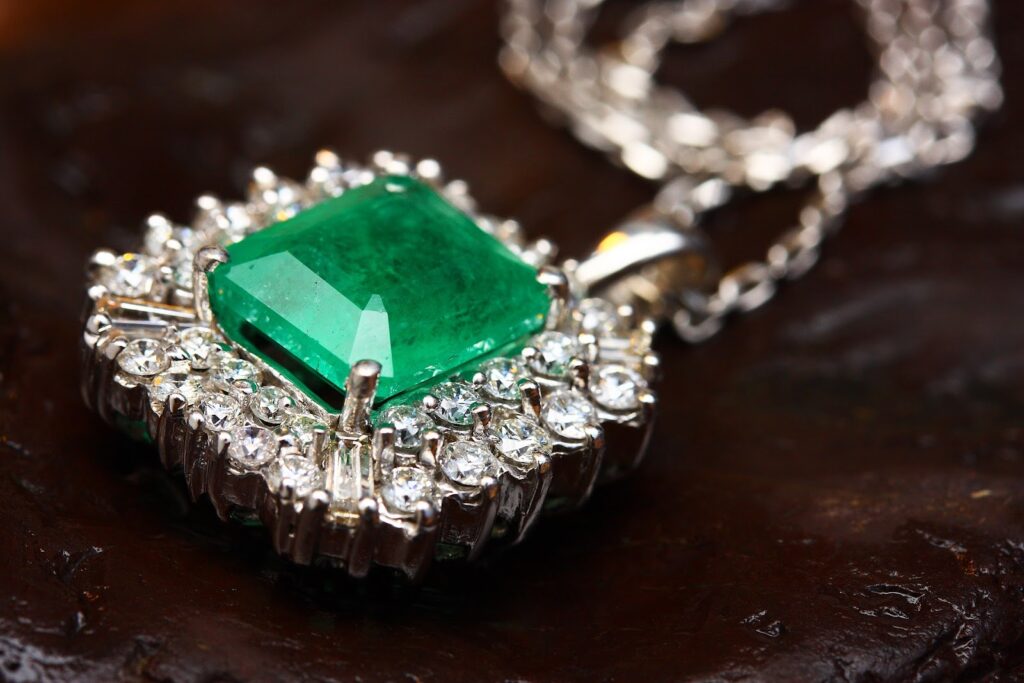
History
Beryllium was discovered by the French ‘Beauclain’ in 1798.
Properties and characteristics
It is the main element that makes up the ore known as beryl (berylite).
Natural beryllium is considered a highly toxic element, said to cause cancer and interfere with lung function.
Applications
‘Jewels’.
Light blue beryl is called ‘aquamarine’ and green beryl is called ‘emerald’.
Beryllium is explained in more detail in the following article if you wish to read it.
Boron (AN: 5 / B)

History
Boron was discovered in 1808 by the French ‘Gay-Lussac’ and ‘Louis Jacques Tenard’.
Properties and characteristics
It is an element that makes up boric acid, a semi-metal that is light and difficult to dissolve.
Therefore, when mixed with glass, it can be made into fire-resistant glass.
The boron is the reason why the ‘flask’ can be set on fire in a chemistry experiment.
Applications
Sterilising effect.
When dissolved in water, it has bactericidal properties and is therefore used for eye drops, compresses, soaps and other items where a bactericidal effect is desired.
Boron is explained in more detail in the following article, if you wish to read it.
Carbon (AN: 6 / C)
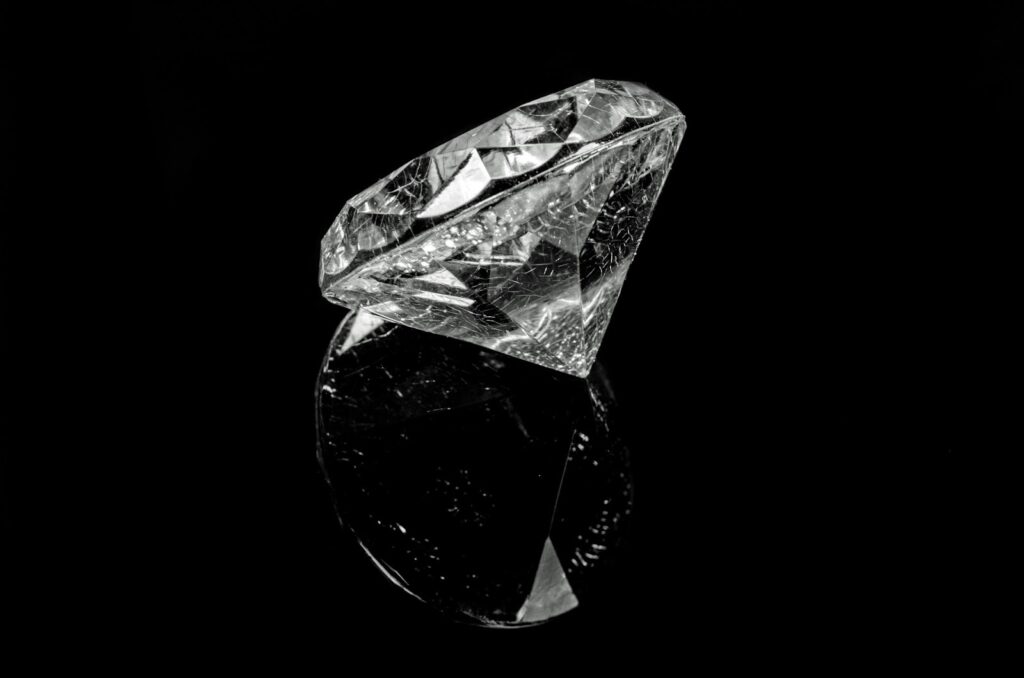
History
Unknown
Properties and characteristics
Carbon is famous for its properties that depend on its crystal structure.
There is also carbon without a crystalline structure.
Applications
Diamonds and pencils.
These two poles in terms of accessibility are actually both ‘carbon’.
Nitrogen (AN: 7 / N)

History
Nitrogen was discovered by ‘Rutherford’ in Scotland in 1772.
Properties and characteristics
It is the most abundant element in the Earth’s air.
The number is four times greater than that of oxygen!
In fact, the air we breathe is mostly nitrogen.
Applications
liquid nitrogen
Liquid nitrogen, known as a cooling agent, is created by bringing tyrosine to -196°C.
Oxygen (AN: 8 / O)

History
Oxygen was discovered by the Swedish ‘Scheele’ in 1771 and by ‘Priestley’ in 1774 respectively.
Properties and characteristics
This element is necessary for all living organisms, including humans, to breathe.
As discussed in the section on nitrogen, the content of oxgen in the air is actually not that much, about 20%.
Applications
‘Oxygen cylinders’.
For example, it’s used by marathon runners who have finished a run to inhale or others for scuba diving.
Fluorine (AN: 9 / F)
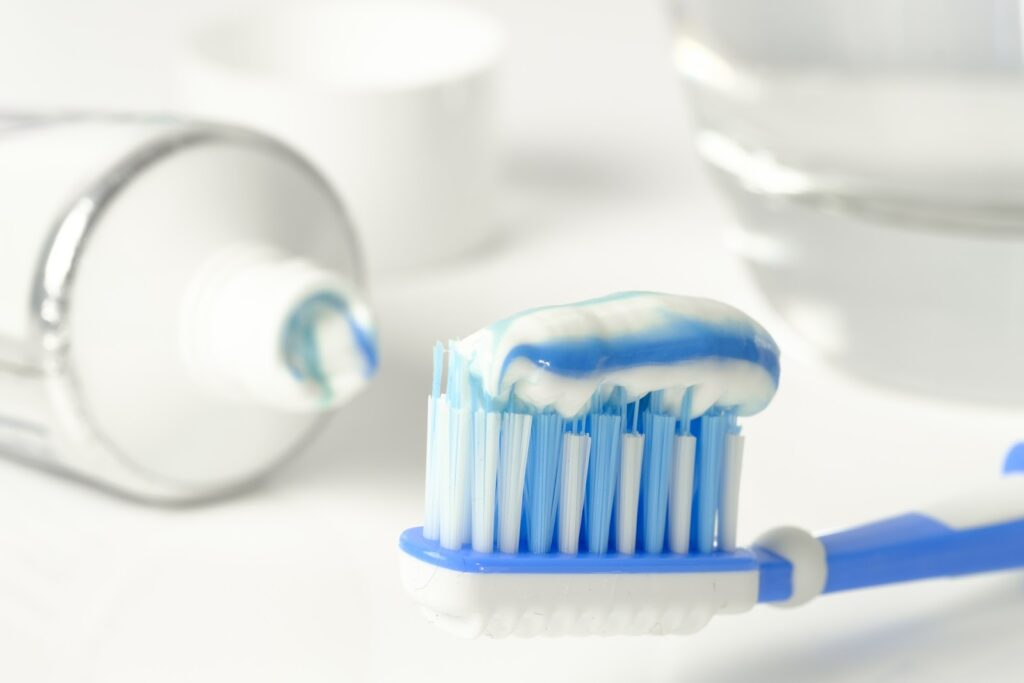
History
Fluorine was discovered by the French ‘Moissan’ in 1886.
Properties and characteristics
It is a highly reactive element that reacts with ‘all elements’ except neon and helium, whereas fluorine on its own is a highly toxic and dangerous element.
However, it does not exist on its own in nature, and when it is in a form known as ‘fluoride’, it is safe to consume on a daily basis (unless consumed in very large amount).
Applications
Toothpaste.
Have you seen many toothpastes recently that say ‘contains fluoride’?
Dentists sometimes apply it directly to the teeth.
That’s because fluoride repairs the surface of the teeth.
Neon (AN: 10 / Ne)

History
Neon was discovered by ‘Ramsey’ and ‘Travers’ in 1898.
Properties and characteristics
It is a stable element with no chemical reactivity.
Applications
‘Neon tubes’.
Neon tubes that look like colored fluorescent lamps often seen in Western movies.
In fact, when voltage is applied to low-voltage neon, they glow red-orange.
In Japan, the Glico sign in Dotonbori, Osaka, used to be a neon sign. (It has now been replaced by LED.)
Natrium (AN: 11 / Na)
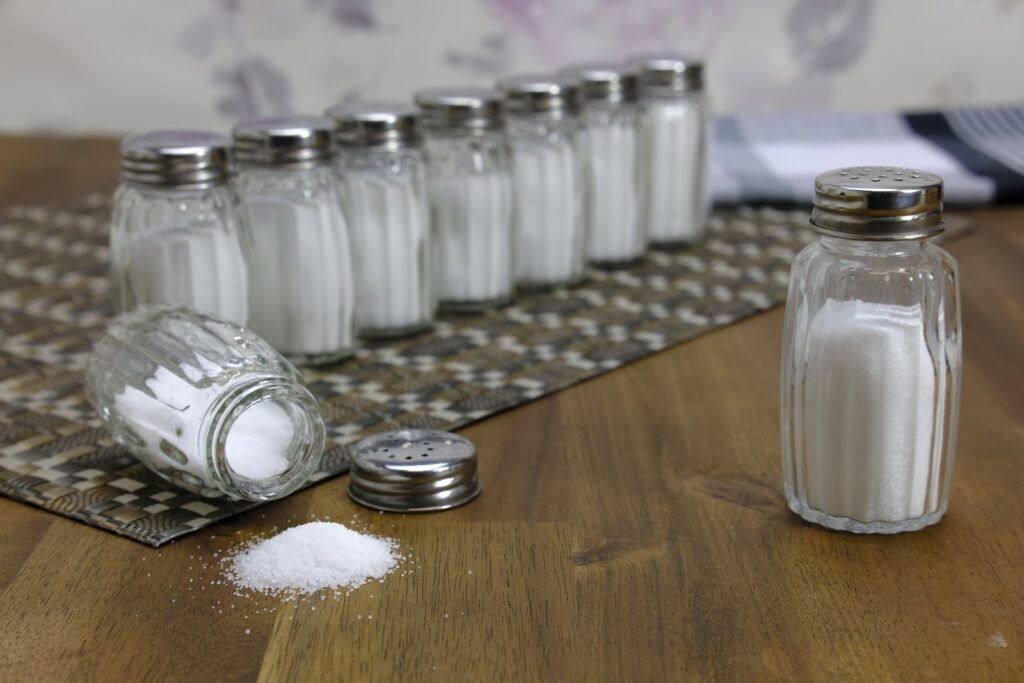
History
Natrium was discovered by ‘Davy’ in England in 1807.
Properties and characteristics
Element so soft that, despite being a metal, it can be cut with a knife.
Incidentally, when placed in water it reacts violently, catching fire and exploding.
Natrium is therefore stored in ‘petroleum’ to prevent the reaction.
Applications
‘Salt’.
Salt, an essential part of the diet, contains Natrium.
Magnesium (AN: 12 / Mg)

History
Magnesium was discovered by ‘Davy’ in England in 1808.
Properties and characteristics
It is the eighth most abundant element on earth and can be obtained from seawater as well as ores.
For the record, it is well known that magnesium emits a strong light when burnt, and in the past it was used for photography.
Applications
‘Magnesium alloy’.
It is the lightest metal used in industrial products and has recently been used in SLR camera frames.
It weighs two-thirds as much as aluminum and one-quarter as much as steel.
Aluminium (AN: 13 / Al)

History
Aluminum was discovered by the Danish ‘Ersted’ in 1825.
Properties and characteristics
It is a metal that conducts heat well and is very light and easy to machine.
Today, this metal is easy to isolate, but in the past it was said to be valuable because the method of isolation was unknown.
Applications
‘Aluminum foil, aluminum cans, Japanese penny coins.’
It may be one of the most familiar elements in the artificial material.
Silicon (AN: 14 / Si)
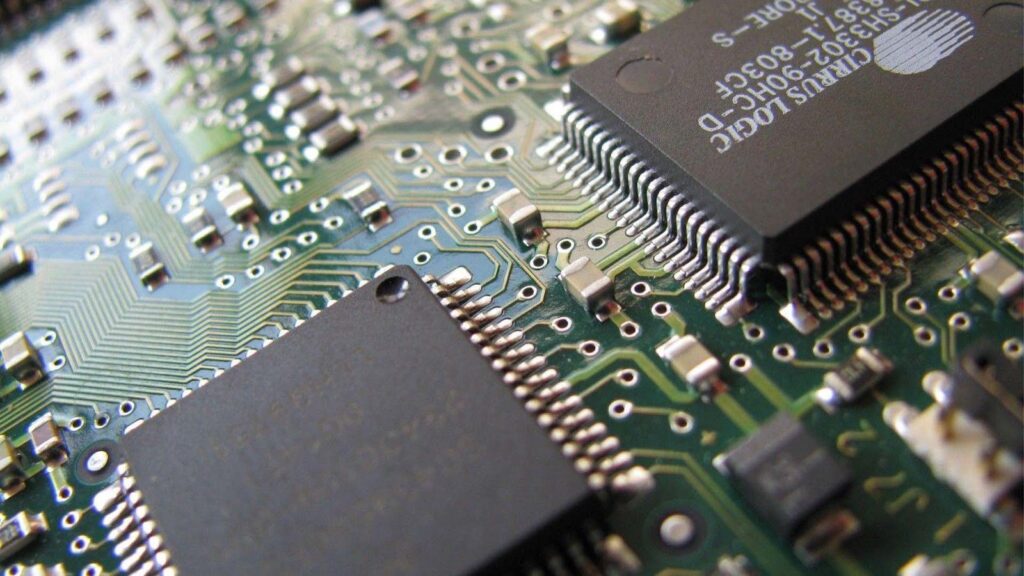
History
Silicon was discovered by ‘Berselius’ in Sweden.
Properties and characteristics
It is known to be very abundant in the earth’s crust and is the second most abundant element after oxygen.
It is a hard, brittle nonmetal.
Applications
‘Circuit board’.
Silicon is a ‘semi-conductor’ and is used in the base (green plate) needed to run computers and games.
Phosphorus (AN: 15 / P)
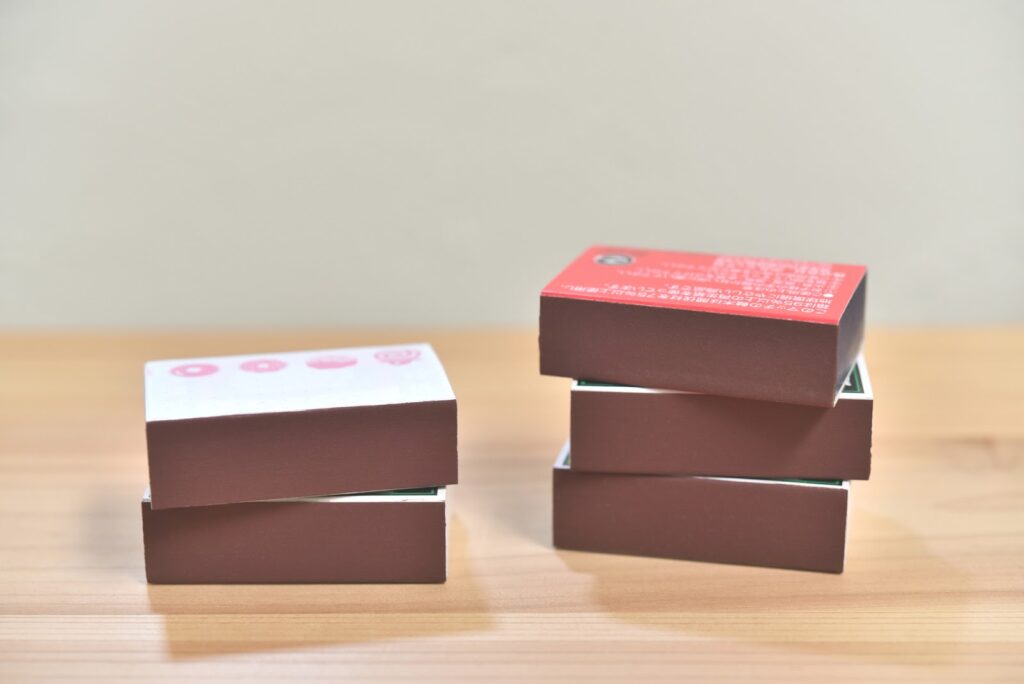
History
Phosphorus was discovered by the German alchemist ‘Brandt’ in 1669.
Properties and characteristics
It is highly flammable and can start spontaneously combusting in air.
(This can be mistaken for a ghost.)
Applications
‘The friction surfaces of a matchbox.’
Phosphorus is used on the box side, not the stick.
Long ago, there were yellow phosphorus matches, which were more flammable than today’s ones.
Sulfur (AN: 16 / S)

History
There are two theories on the origin of the word sulfur: one is the Latin word ‘sulpur’ meaning sulfur and the other is the Sanskrit word ‘sulvere’ meaning ‘source of fire’.
Properties and characteristics
This is found in volcanic gases and hot spring waters.
In fact, Sulphur by itself has no odor, but when dissolved in water it becomes ‘hydrogen sulfide’ and becomes odorous.
Applications
‘Matchsticks’.
Phosphorus is a box of matches, whereas Sulphur is a matchstick. The part of the tip that catches fire contains a sulfur component.
Chlorine (AN: 17 / Cl)

History
Chlorine was discovered by the Swedish ‘Scheele’ in 1774.
Properties and characteristics
It is a bactericidal element.
It is also used in salt, together with sodium, ‘NaCl’, which you may have heard of.
Applications
Disinfectant.”
The easiest way to imagine this is in the disinfection area before entering the swimming pool.
Water with a medicinal odor is actually dissolved sodium hypochlorite.
Argon (AN: 18 / Ar)

History
Argon was discovered in 1892 by the British ‘Rayleigh’ and ‘Ramsay’.
Properties and characteristics
Stable elements that do not undergo chemical reactions.
For this reason, argon is sometimes sprayed on to the material when ‘reactions with other elements are to be avoided’ in experiments.
Applications
‘Fluorescent lamps’.
Fluorescent tubes are actually filled with argon and mercury vapor.
Living necessities.
Argon is explained in more detail in the following article, if you wish to read it.
Kalium (AN: 19 / K)

History
Kalium was discovered by ‘Davy’ in England in 1807.
Properties and characteristics
The element is abundant in the cells of the body.
Incidentally, sodium is abundant outside the cells.
Applications
Fertilizer.
It is a necessary element for plants and potassium-containing fertilizers are very common.
Calcium (AN: 20 / Ca)

History
Calcium was discovered by ‘Davy’ in England in 1808.
Properties and characteristics
Element with a high ionization tendency, like Kalium.
It is also an important element that makes up our bones and is essential for our bodies.
Applications
Cement.
One of the materials used to make concrete, this cement contains calcium.
Titanium (AN: 22 / Ti)

History
Titanium was discovered by ‘Gregor’ in the UK in 1970.
Properties and characteristics
It is a light but hard element, strong enough to withstand high temperatures.
Applications
Rocket engines.
This element’s ability to withstand high temperatures and its high strength make it suitable for use in aircraft, rocket engines and other parts with high loads.
Iron (‘Ferum’ in Latin / AN: 26 / Fe)
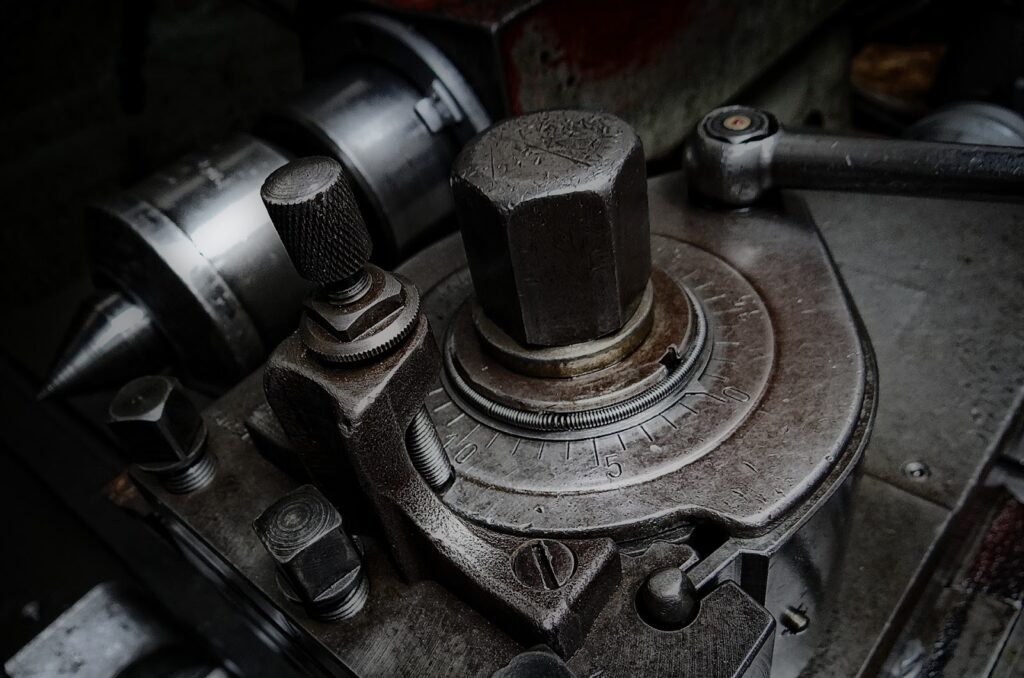
History
Unknown
Properties and characteristics
It is the most commonly used element as a metal.
Although iron has an image of being hard, it is actually a soft metal on its own.
Applications
[Buildings, ships].
It is used in many buildings.
Recently, there has been an increase in the number of flats and other buildings made of reinforced steel.
Iron is also used for boat bodies.
Nickel (AN: 28 / Ni)
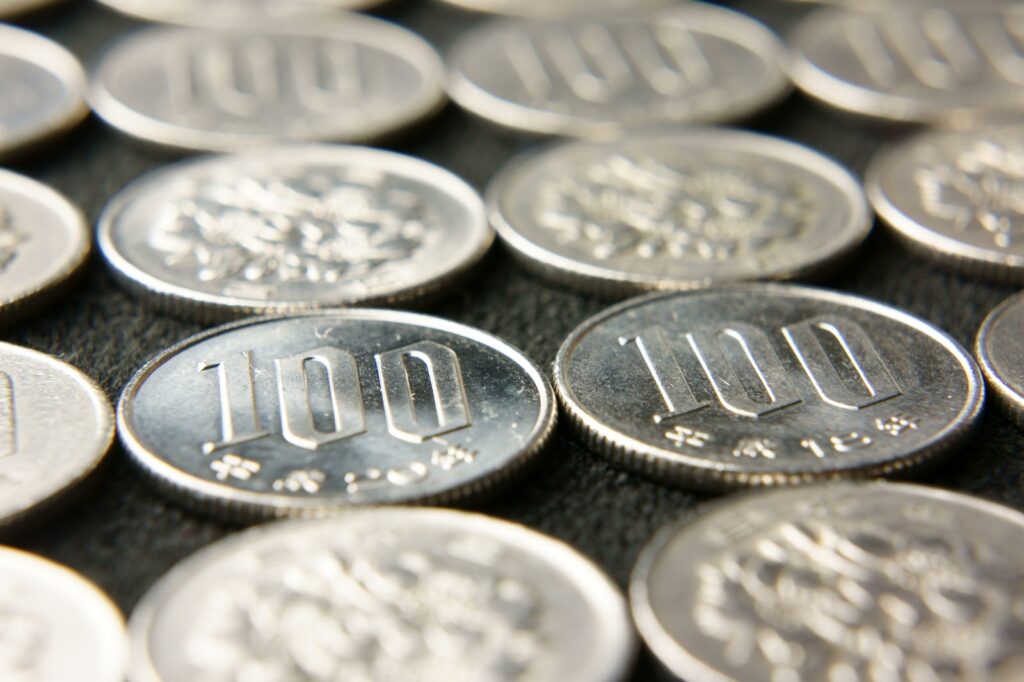
History
Nickel was discovered by the Swedish ‘Kronstedt’ in 1751.
Properties and characteristics
An element with properties intermediate between iron and copper, it is a stable metal.
Alloys mixed with chromium are called ‘stainless steel’ and are used for a variety of objects.
Applications
[Japanese 50-yen coins, 100-yen].
Nickel is mixed with copper and used in the 50 and 100 yen coins.
So it is one of the most familiar elements used in everyday life.
These are the elements learned in a typical Japanese school.
The latest elements are introduced here.
Gold (Au in Latin / AN: 79 / Au)
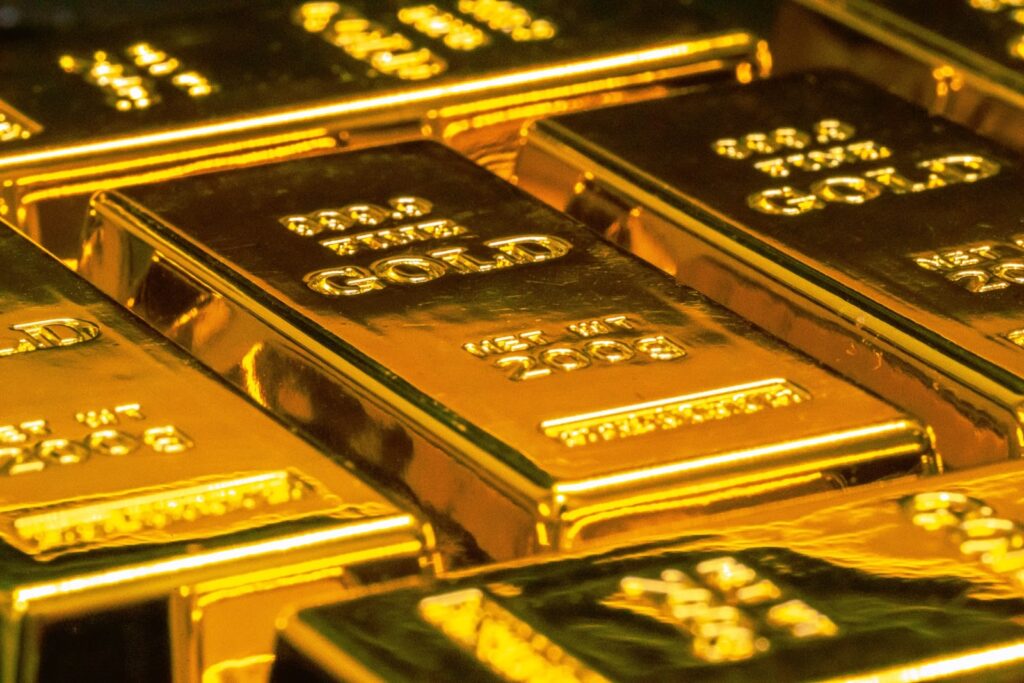
History
Gold has a long history but the discoverer is unknown.
The word gold (Au) derives from Latin meaning ‘shining’.
Properties and characteristics
As an element, gold is stable and resistant to oxidation.
Gold as a substance has soft and stretchable characteristics.
Applications
Accessories.
Gold has long been a popular choice for jewelry and other decorative items.
Its history is over 5,000 years old.
You can read more about gold in the following article, if you like.
Mercury (Hydradyrum in Latin / AN: 80 / Hg)
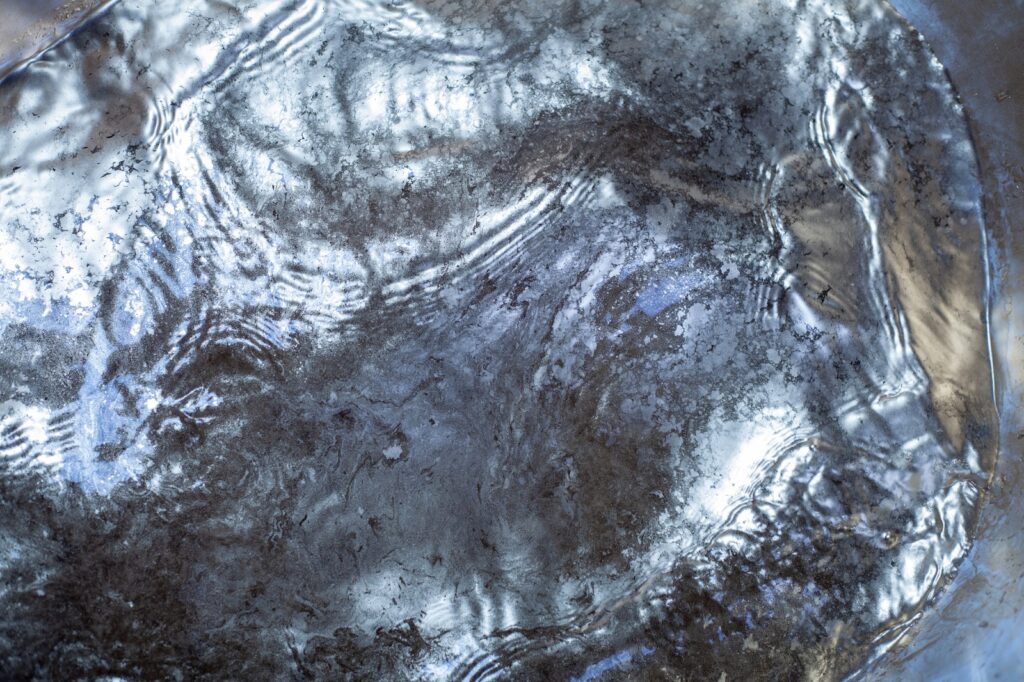
History
Mercury has a long history, with records of its use in China dating back to 2000 BC.
The word is believed to be derived from the Latin ‘hydrardyrum’, which is a combination of the words ‘hydro’ (water) and ‘argyrum’ (silver).
Properties and characteristics
It is the only metal that is liquid at room temperature, but it is also one of the most dangerous elements, with its vapors being highly toxic.
Applications
The number of mercury-based products has now been reduced.
However, there are still products that use mercury today, such as ‘fluorescent lamps’.
You can read more about mercury in the following article, if you like.
Nihonium (AN: 113 / Nh)

History
Nihonium was discovered by Japanese professor ‘Kosuke Morita’ in 2016.
Properties and characteristics
It is one of the man-made elements and is formed by fusing ‘zinc’ and ‘bismuth’.
Incidentally, it is said that 400000000000000 (400 trillion times) attempts are made to create Nihonium and only three succeed.
Applications
‘To be determined’.
The lifetime of Nihonium is a whopping ‘about two thousandths of a second’.
As I mentioned earlier, it is difficult to produce and has an extremely short lifespan, so we have not yet found a way to utilize it.
Moscobium (AN: 115 Mc)
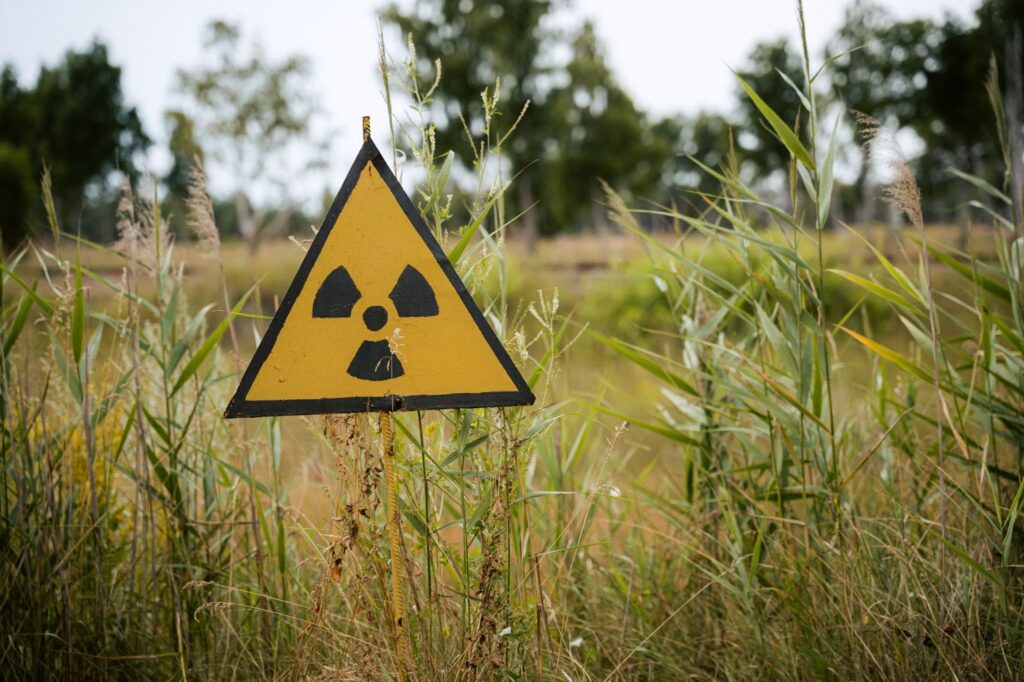
History
Moscobium was synthesized in 2003 by a team of Russian and American researchers.
Properties and characteristics
Like Nihonium, it is one of the man-made elements.
An element created by the nuclear fusion of ‘americium’ and ‘calcium’, it was known as ‘unumpentium’ until it was given an official name.
Applications
‘To be determined’.
It is used for research purposes and does not yet appear to be in common use.
Summary
The history and properties of the elements were explained in this article.
We hope that this article will make even the most difficult elements more accessible.
We, SUGA manufactures equipment for making depositions.
Elements are essential for making depositions.
For example, sputtering equipment offers test deposition services using silicon dioxide (SiO2), titanium (Ti), nickel (Ni), aluminum (AL) and iron (Fe) as the deposition materials.

